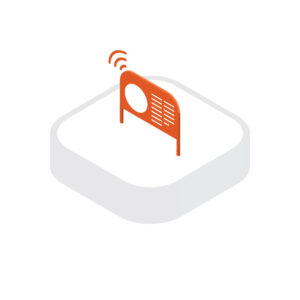How might we provide a comparable user journey for users of different abilities?
Adhere to the following 7 principles:
- Equitable Use: POS should be usable by people with diverse abilities.
- Flexibility in Use: POS should accommodate individual preferences and abilities.
- Simple and Intuitive Use: The use of POS should be easy to understand, regardless of the user’s experience, knowledge, or language skills.
- Perceptible Information: POS design should communicate necessary information with users regardless of ambient conditions or the user’s sensory abilities.
- Tolerance for Error: POS should minimise hazards and the adverse consequences of accidental or unintended actions by providing fail-safe features.
- Low Physical Effort: POS should be used efficiently and comfortably with minimal fatigue.
- Size and Space for Approach and Use: Appropriate size and space should be provided in POS to accommodate users regardless of body size, posture, or mobility.
Provide ample facilities and aids to meet the needs of different types of users.
- Employ different methods to provide users with information, such as audio cues.

Ensure circulation is designed to provide a comparable user journey for users of different abilities. For example, wheelchair users should not have to take a detour in the POS to access facilities.

Minimise obstacles.
- Wheelchair, cane, or walking-aid users may require wider passageways. Provide ample spacing between fixture to allow smooth access, especially in cases where bollards are used.
- Remove any obstacles, such as cracks and bumps that might cause obstructions or hindrances to wheels, canes, and walking aids.
- Refrain from creating inclined and curved walkways, which might mislead or harm the visually impaired or users using wheelchairs.

Install barrier-free facilities and inclusive equipment for users of different abilities.
- Make barrier-free facilities available in POS as much as possible. In cases where installing such facilities presents practical difficulties, the project team should identify where barrier-free facilities are strictly essential and devise workarounds or design interventions for areas where such facilities are absent.
- The provision of barrier-free facilities may be subject to various standards, rules, and regulations. Consult subject matter experts to ensure the POS design complies with these standards.
- Design furniture that caters to people of different heights and abilities.
- Use contrasting colours to indicate changes or differences. For instance, use bright white or yellow lines to indicate the edges of steps and slopes. This can help visually impaired users to differentiate between a flat surface and steps or slopes.

The POS should be guide-dog friendly.
Use lighting to enhance safety.
- Illuminate barriers, especially in walkways and stairs where falls are likely to occur. However, lighting should be carefully selected to avoid glare.





